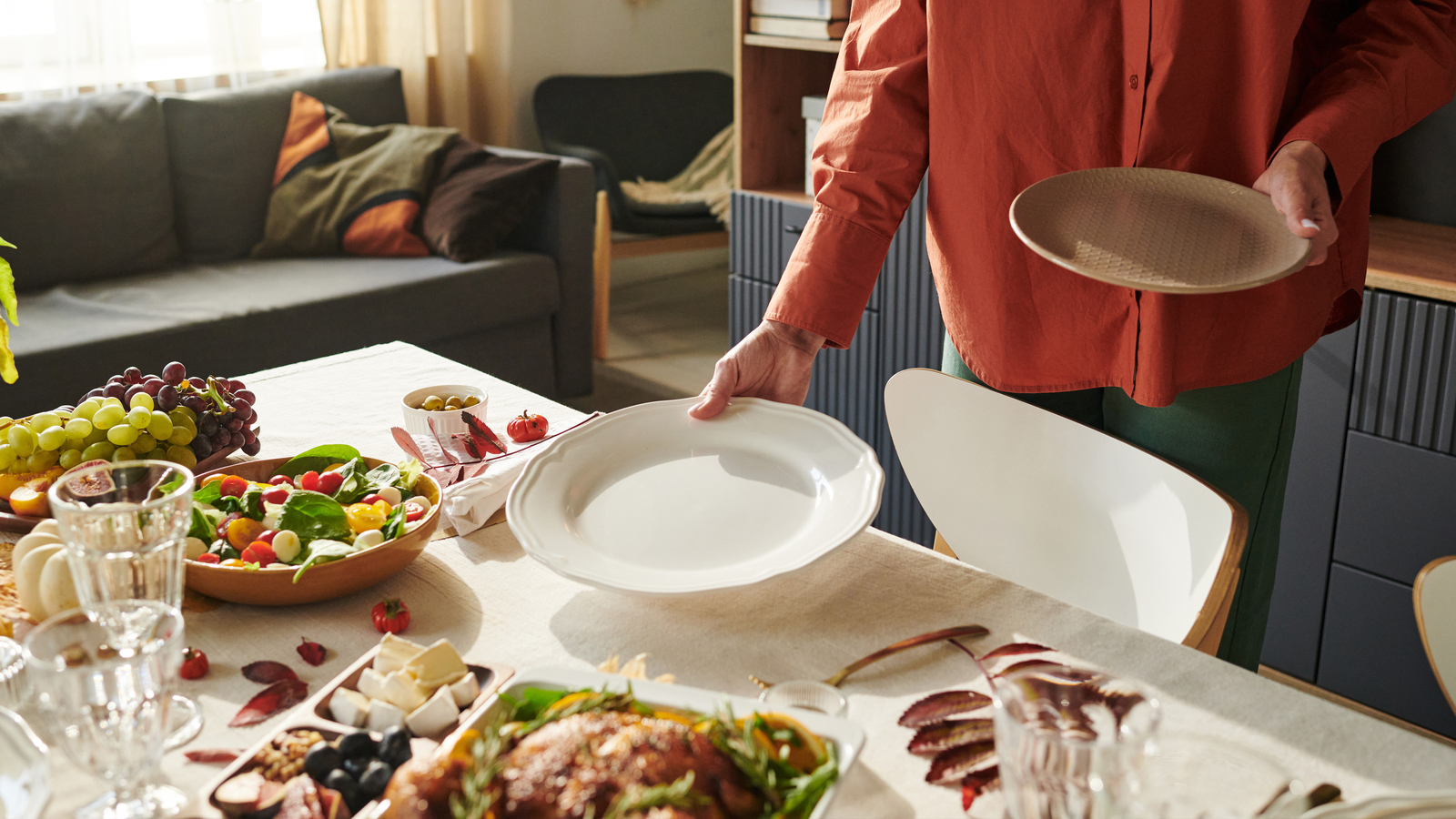
"A common mistake: Failing to plan so all the dishes can be ready in time. That includes leaving enough time for frozen turkeys to defrost in the fridge, where temperatures are cold enough to prevent bacteria from multiplying. Since it takes a day of thawing for every 4 to 5 pounds, that could add up to several days depending on the turkey's size. Otherwise, sticking a frozen turkey in the oven could result in a bird that looks nicely browned, but is still cold inside."
"Once the bird is thawed, experts say to resist any instincts to rinse it before cooking, which could end up splattering germs around. Thoroughly cooking should kill any germs on the turkey. Making sure the bird is properly cooked -- it should be 165 degrees at the thickest part -- also means using a meat thermometer. Contrary to the advice many offered to Hughey, experts aren't fans of the pop-up thermometers that come stuck in some birds."
Plan ahead so all dishes can finish on time and allow sufficient refrigerator thawing time for frozen turkeys. Allow about one day of thawing for every 4 to 5 pounds to ensure the bird is fully defrosted; cooking a still-frozen turkey can brown the outside while leaving the inside cold. Do not rinse the turkey before cooking to avoid splattering germs. Cook the turkey to 165 degrees at the thickest part and use a reliable meat thermometer rather than pop-up thermometers. Consider cooking stuffing separately to avoid bacterial transfer and potential drying of the bird. Refrigerate leftovers within two hours to limit bacterial growth.
Read at ABC7 Los Angeles
Unable to calculate read time
Collection
[
|
...
]